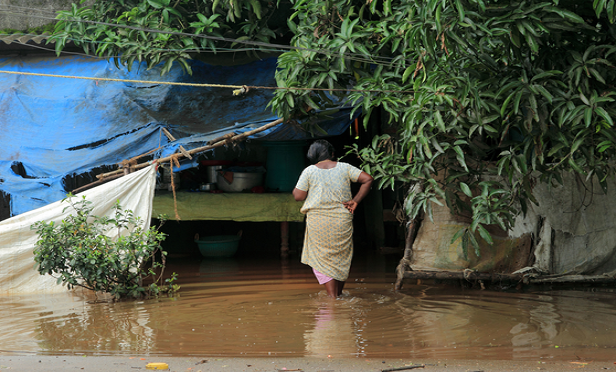 An unidentified woman walks in front of her flooded home on June 23, 2018 in Alleppey, Kerala, India. Kerala experienced the worst flooding of any state in southern India during the August monsoon. (Photo: Shutterstock)
An unidentified woman walks in front of her flooded home on June 23, 2018 in Alleppey, Kerala, India. Kerala experienced the worst flooding of any state in southern India during the August monsoon. (Photo: Shutterstock)
August's monsoonal rains triggered the worst flood event in India since 1924. The extreme weather event left more than 500 people dead or missing. Government officials listed more than 23,000 homes damaged or destroyed, with even greater impacts to the commercial sector, agriculture and infrastructure.
The total economic losses (in U.S. dollars) are estimated to reach upward of $4.25 billion, according to Aon's August Global Catastrophe Recap report, a monthly release that evaluates the impact of natural disaster events that occurred worldwide.
Recommended For You
Want to continue reading?
Become a Free PropertyCasualty360 Digital Reader
Your access to unlimited PropertyCasualty360 content isn’t changing.
Once you are an ALM digital member, you’ll receive:
- Breaking insurance news and analysis, on-site and via our newsletters and custom alerts
- Weekly Insurance Speak podcast featuring exclusive interviews with industry leaders
- Educational webcasts, white papers, and ebooks from industry thought leaders
- Critical converage of the employee benefits and financial advisory markets on our other ALM sites, BenefitsPRO and ThinkAdvisor
Already have an account? Sign In Now
© 2025 ALM Global, LLC, All Rights Reserved. Request academic re-use from www.copyright.com. All other uses, submit a request to [email protected]. For more information visit Asset & Logo Licensing.








